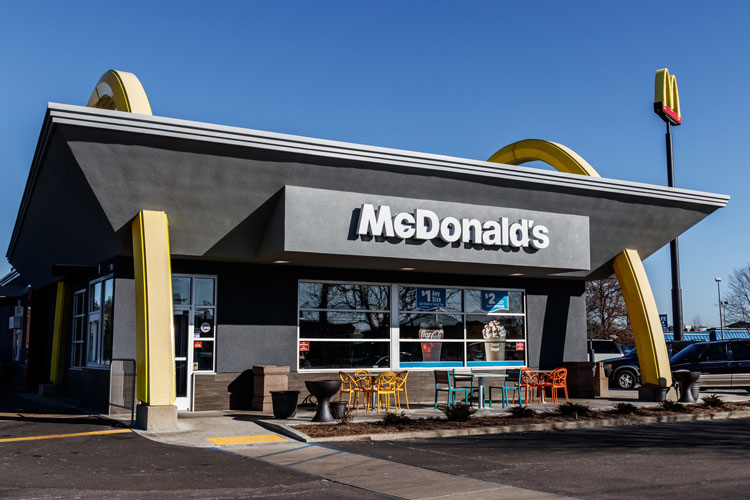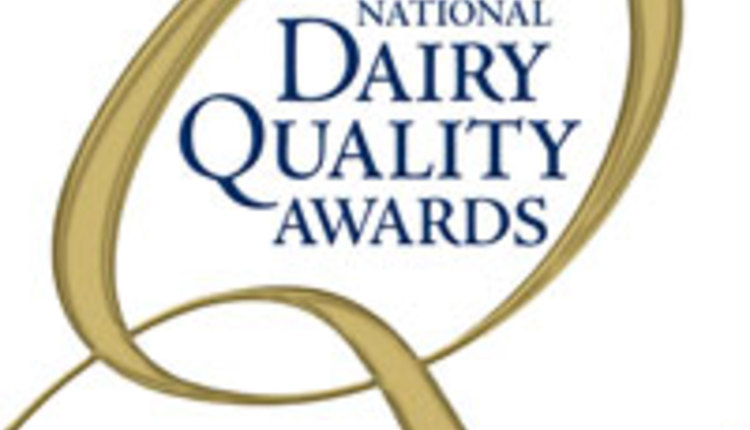
In today’s age of instant information, dairy farmers and industry people have heard time and time again that we need to share our story to gain trust with consumers. Assuring families that their milk, cheese, yogurt, and ice cream come from animals cared for appropriately is vital in retaining and recruiting loyal dairy consumers.
But one group that dairy farmers may not often think of as a potential teammate in promoting their food is restaurants. Whether a local hangout or national chain, some restaurants have also adopted strategies of promoting food animal welfare to build rapport in their communities. Even so, a study from the University of Missouri finds that these messages have yet to make much of an impact in actual levels of trust.
Images speak louder than words
The goal of the study was actually to determine if messages entirely of text or messages of text with visuals were more effective in connecting with customers about four specific social causes. Across the first three causes surveyed (health, human services, and environmental concerns), consumers predictably reported more trust of the restaurant’s relationship with the cause when presented with the visually appealing messages. However, there was no change in trust of a company’s animal welfare standards in either message type.
Visually appealing advertisements have been recognized, even in this study, to work in a variety of industries. So, the lack of results for animal welfare messages may simply indicate consumer apathy, said Dae-Young Kim, the lead author in the study and a professor in the University of Missouri’s College of Agriculture, Food and Natural Resources. “The style of the message isn’t the problem. People are simply ignoring restaurants when they discuss that particular cause.”
Are restaurants being ignored in this arena because people don’t care about the topic of animal welfare?
Probably not.
Kim suggests that perhaps not enough restaurants have yet brought attention to their animal welfare policies for consumers to be able to identify any one company’s message as particularly better or worse. The low participation by corporations could be for a number of reasons: the company has more valuable or useful marketing strategies, they don’t see a need to take a stance on animal welfare, or maybe their policies are out of date or even nonexistent.
Restaurants can be one of the most impactful relationships dairy producers use to improve national dairy consumption. Checkoff programs have worked hard to establish relationships with McDonald’s, Domino’s, and Taco Bell, for example, to get more cheese and milk choices in front of American consumers. Dairy-rich products from these restaurants could see even more sales with effective, visually appealing animal welfare marketing campaigns. It’s a win-win for dairy producers and restaurant owners.
But in order for these campaigns to be effective, more restaurants will need to make their voices heard on the topic.








